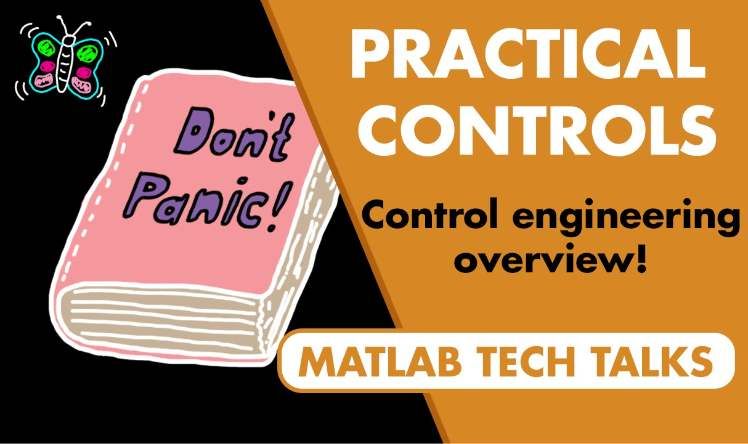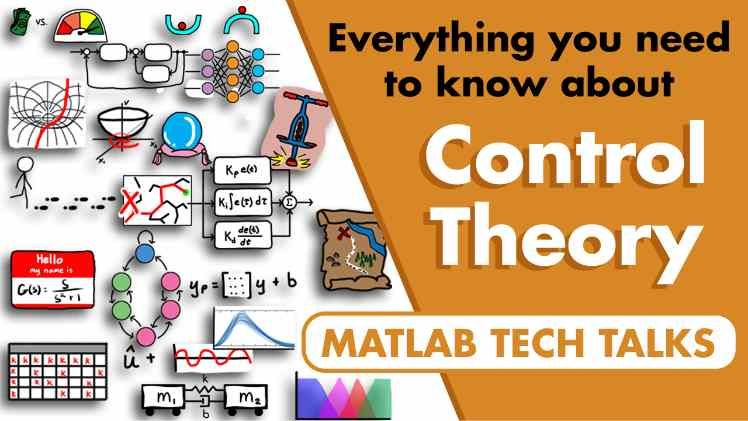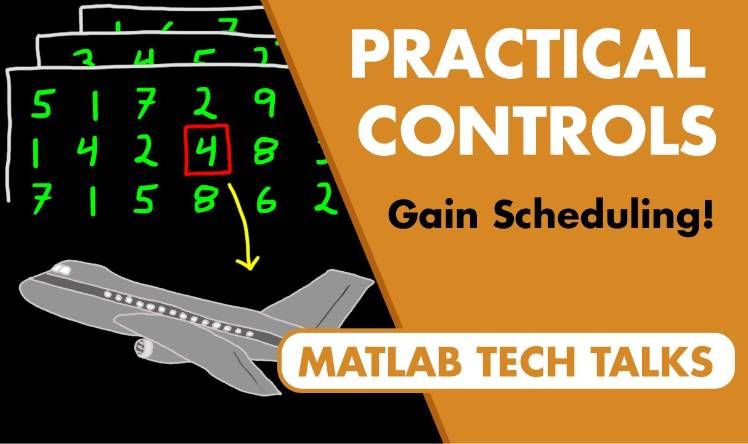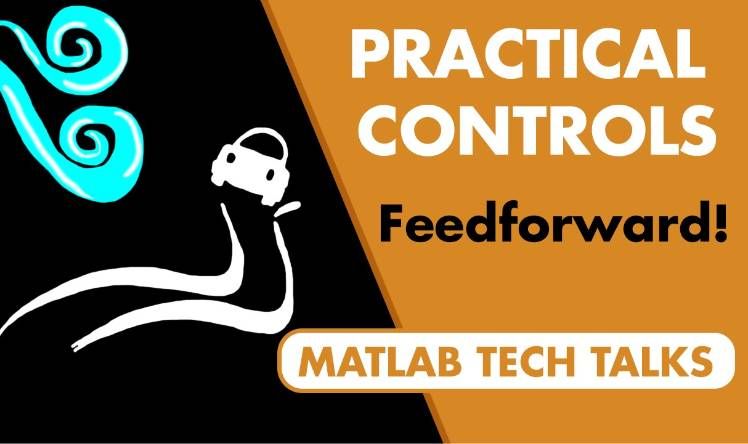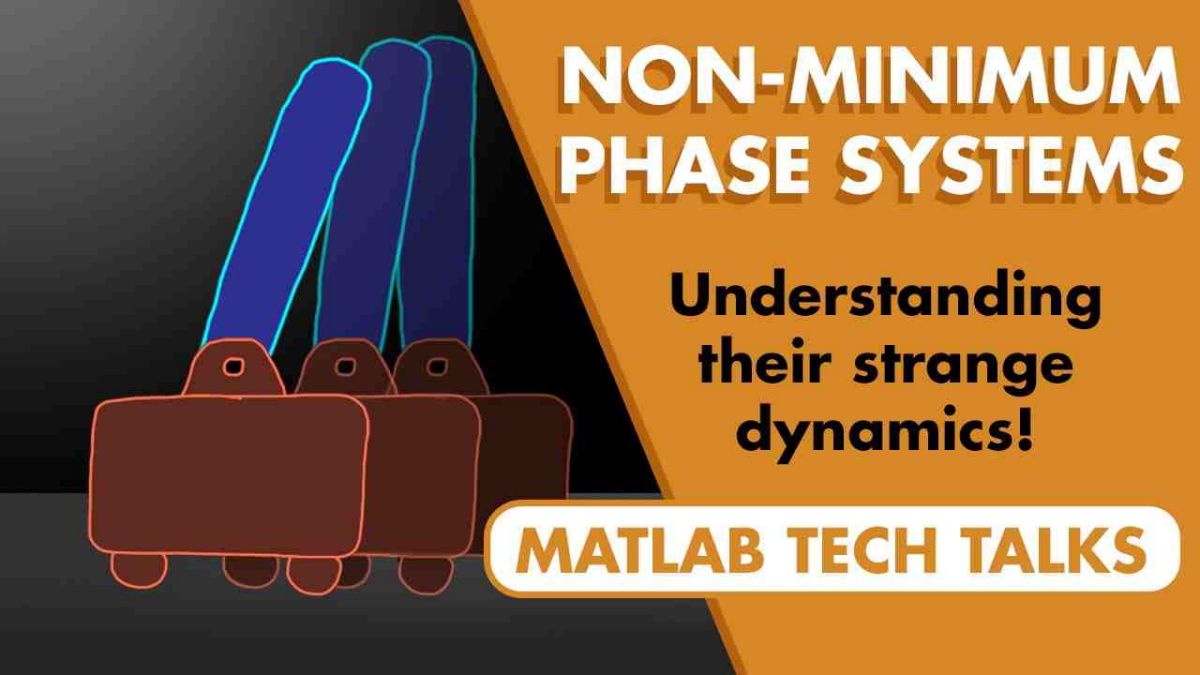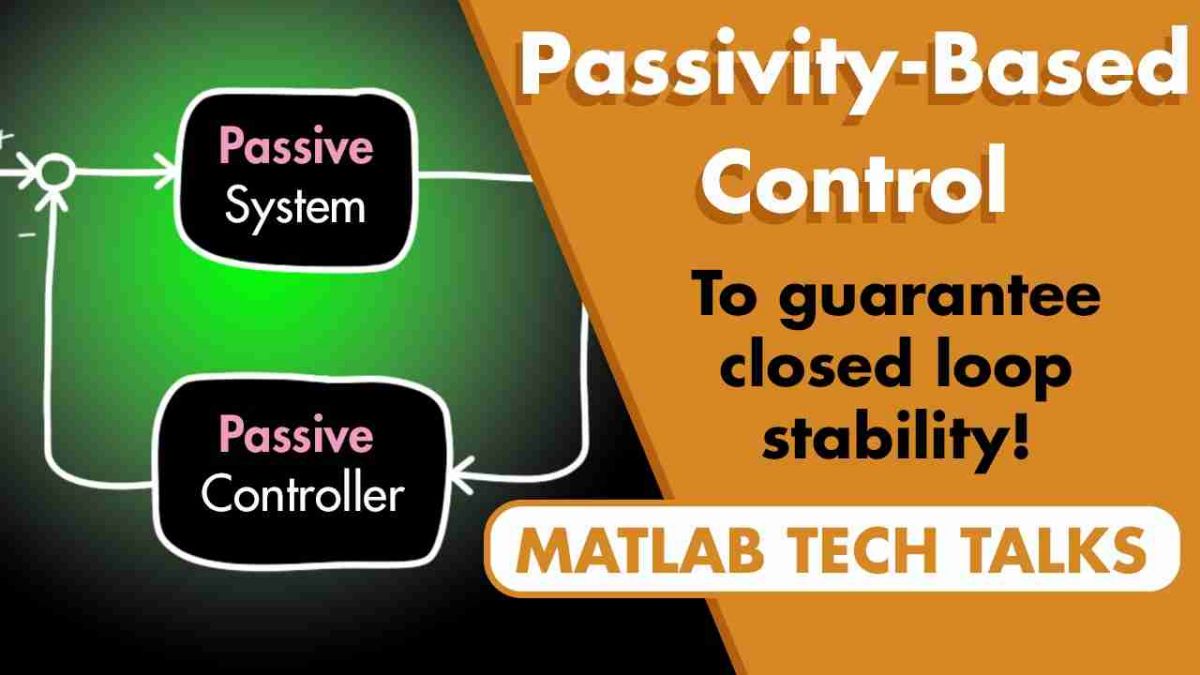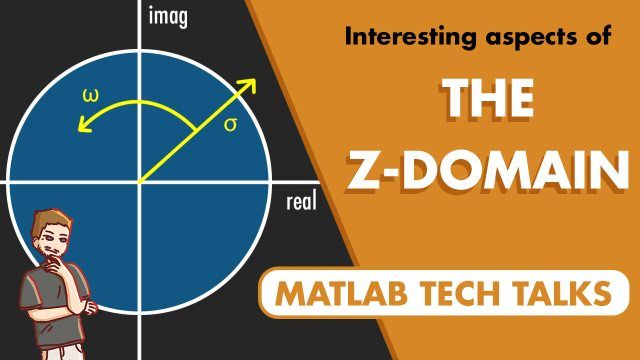Control Systems in Practice
In this series, you’ll learn some of the more practical aspects of being a control systems engineer and designing control systems. The day-to-day role of a control systems engineer is more than just designing a controller and tuning it. Depending on the size and phase of the project, your responsibilities and which groups you work with will probably vary greatly. Designing and testing control systems is still a large portion of the job. This series covers some of the more common control techniques that you’ll encounter as a control systems engineer: gain scheduling and feedforward. Often, the best control system is the simplest and, therefore, the most practical in a wide range of control problems. Gain scheduling, a method that adjusts the gains of simple linear controllers to control nonlinear systems, and feedforward, a method that uses setpoint changes and measured disturbances to limit the feedback error, are two popular and simple techniques for developing practical controllers. Finally, this series also covers time delays in dynamic systems—where they come from and why they matter. When time delay becomes a problem for your system, minimizing the delay at the source is almost always preferred over developing a clever way for your controller to handle it. It’s easy to assume that a control engineering’s job is to spend months developing a state-of-the-art nonlinear controller. However, there are more practical ways of handling these problems.
What Control Systems Engineers Do
The work of a control systems engineer involves more than just designing a controller and tuning it. This video provides a picture of the types of things you may be exposed to and the groups with which you might interface while working in this field.
Everything You Need to Know About Control Theory
Control theory is a mathematical framework that gives us the tools to develop autonomous systems. Walk through all the different aspects of control theory that you need to know.
Often, the best control system is the simplest. This video provides an overview of gain scheduling—a method that adjusts the gains of simple linear controllers to control nonlinear systems.
A control system has two main goals: get the system to track a setpoint, and reject disturbances. Feedback control is pretty powerful for this, but this video shows how feedforward control can supplement feedback to make achieving those goals easier.
Time delays are inherent to dynamic systems and control engineers must understand how to handle them. This video covers time delays, where they come from, and why they matter.
A Better Way to Think About a Notch Filter
This video describes a second-order notch filter as an inverted oscillator. This approach provides a little insight into how each of the terms in the transfer function contributes to the overall shape and location of the notch.
What Are Non-Minimum Phase Systems?
This video describes what minimum phase means for transfer functions, what causes a non-minimum phase system, and how this distinction impacts the system behavior.
4 Ways to Implement a Transfer Function in Code
We like to design systems with s-domain transfer functions, but often we need to implement the final solution in software. This video describes how to go from a transfer function to code that can run on a microcontroller.
The Gang of Six in Control Theory
When analyzing feedback systems, we can get caught up thinking solely about the relationship between the reference signal and the output. However, to fully understand how a system behaves, we need to look at more than that ̶ the gang of six.
This video covers a few interesting things about the step response. We’ll look at what a step response is and some of the ways it can be used to specify design requirements for closed loop control systems.
Nichols Chart, Nyquist Plot, and Bode Plot
Explore three ways to visualize the frequency response of an LTI system: the Nichols chart, the Nyquist plot, and the Bode plot. Learn about each method, including their strengths, and why you may choose one over another.
Passivity-Based Control to Guarantee Stability
Use passivity-based control to guarantee closed-loop stability of feedback systems. Think about ways to assess the stability of systems other than looking at gain and phase margin.
Why Padé Approximations Are Great!
Learn what Padé approximations are and how to calculate them, why they are important, and when to use them—specifically in the context of time delay and control system design.
This video introduces transfer functions - a compact way of representing the relationship between the input into a system and its output. It covers why transfer functions are so popular and what they are used for.
This intuitive introduction shows the mathematics behind the Z-transform and compares it to its similar cousin, the discrete-time Fourier transform.
This tech talk covers how the z-domain (or the z-plane) relates to the s-domain and the time and frequency domains.
Constrained Optimization: Intuition behind the Lagrangian
This video introduces a really intuitive way to solve a constrained optimization problem using Lagrange multipliers. We can use them to find the minimum or maximum of a function, J(x), subject to the constraint C(x) = 0.
This Tech Talk will walk you through the map of modeling dynamic systems, highlighting many of the different tools and techniques that are within MATLAB and Simulink for creating and manipulating dynamic system models.
Closed-Loop Control: An Overview of Feedback Controllers
From PID to reinforcement learning, learn about feedback controller methods available for closing the loop between the outputs and inputs of a system.
